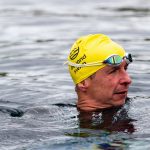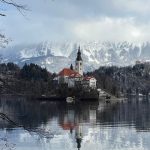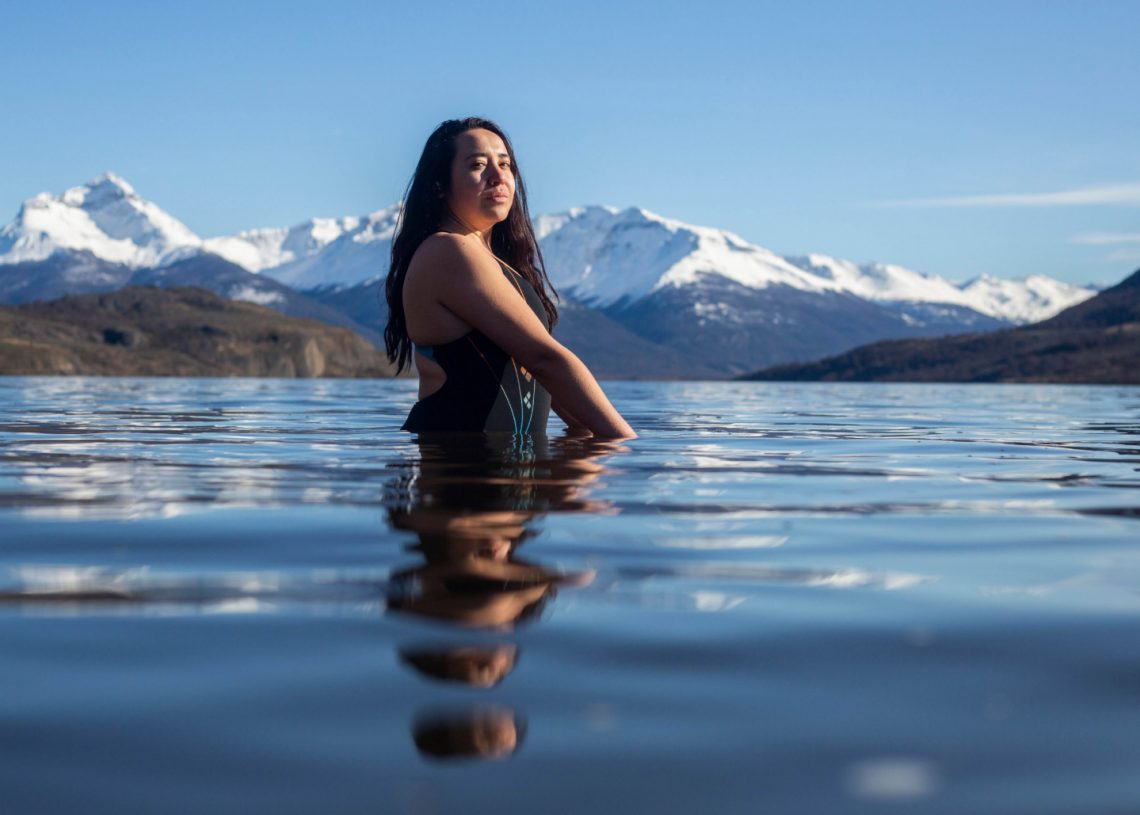
World’s End Swimmers
Cold water and feminine strength, photographer Ana Elisa Sotelo captures the world’s southernmost swimmers. By Rowan Clarke.
For most of us in the northern hemisphere, the tip of the world’s southernmost country feels beyond reach, even beyond imagination. Eight-and-a-half thousand miles south-west of Edinburgh, separated from Antartica by a vast ocean, southern Chile is extraordinarily beautiful and remote.
But now the cold water community and the photography of Ana Elisa Sotelo can bridge that gap, bringing together swimming and the natural world. The scenery may be entirely different, but the thrill of the chill, the rituals, the benefits – they’re all the same.
Unifying experience
Like so many of us, Ana first took to open water to support recovery from an injury. Her doctor recommended that she swam in the sea for relief from back pain that prevented her from lifting and positioning her camera. Before long, she had bought a waterproof case for her camera, and then a drone, using the weightlessness of the water to support her and her kit as she swam and took photos.
Living in Peru and swimming with Las Truchas (the trouts), Ana was awarded a grant from Women Photograph to travel south to Chile for a photo project that documents groups of women wild swimmers, including the Nadadores Contra Corrientes (which translates as swimmers who go against the current), a group of swimmers who plunge into cold water with guidance from the world-famous ice swimmer Bárbara Hernández.
Having swum in the cool waters of the Pacific in Lima, Ana was struck by both the cold water and its swimming community. “I had never swum in waters that were this cold,” she says. “And since I had to take photos, I got sponsorship from Orca, so I was wearing a really nice thermal wetsuit with a bunch of layers. At first, I was like, oh, ok I can stand this… until I put my face in. Then it was just like knives.”
In the Patagonia region of Chile, Puerto Natales is very exposed. Its weather system comes from the Southern Pacific’s Humboldt Current and Antartica, bringing freezing cold winds, snow and hail. So, the swimmers not only have to account for sub-five degree water, but also low air temperatures and wind chill.
“They’re extremely badass – it’s the coldest weather and there’s not one wetsuit there,” says Ana, describing the difference between sea swimming in Lima and cold water swimming in Chile. “And then because it is cold water, it’s more like a ritual, you know? It’s very slow, it takes adjusting.
“In Peru, when we get out of the water, we’re very social, but here the first thing you have to do is start warming up. There’s an order to things. It’s much more organised. And then once everyone is dressed, they all share warm things, which is something similar to what we do, except then it’s back to your cars because it’s not just cold in the water, it’s really cold outside.”
Nature, strength and femininity
If the rituals of cold water swimmers are united across world, then so it seems is the preponderance of women in cold water. Evelyn (pictured on the front cover) leads a group of about 20 women and one man who came together during lockdown when pools closed.
“It’s all women and Victor – Victor’s the guy,” says Evelyn, translated by Ana. “It started when women saw [me] going in, and then more and more people were interested because they knew the benefits of cold water.
“We started in August, which was a real challenge because August is the middle of winter. And then the dares and the challenges grew. So, after August, if we could swim in that cold water, we could take on more adventures and challenges.”
Ana’s photography engenders themes of nature and feminine power. And while swimming in freezing cold water and adverse weather conditions requires a great degree of strength, Ana believes that the connection between women and water, fluidity and femininity, runs deeper. “I think water has always been a male- dominated space. Men are pirates, men are explorers, men are fishermen. But I saw femininity; I think, as women, we connect with each other and with the water in a different way,” she explains. “When you’re with a group of women, there’s this complicity involved when you’re going into the water, especially in these extreme temperatures.
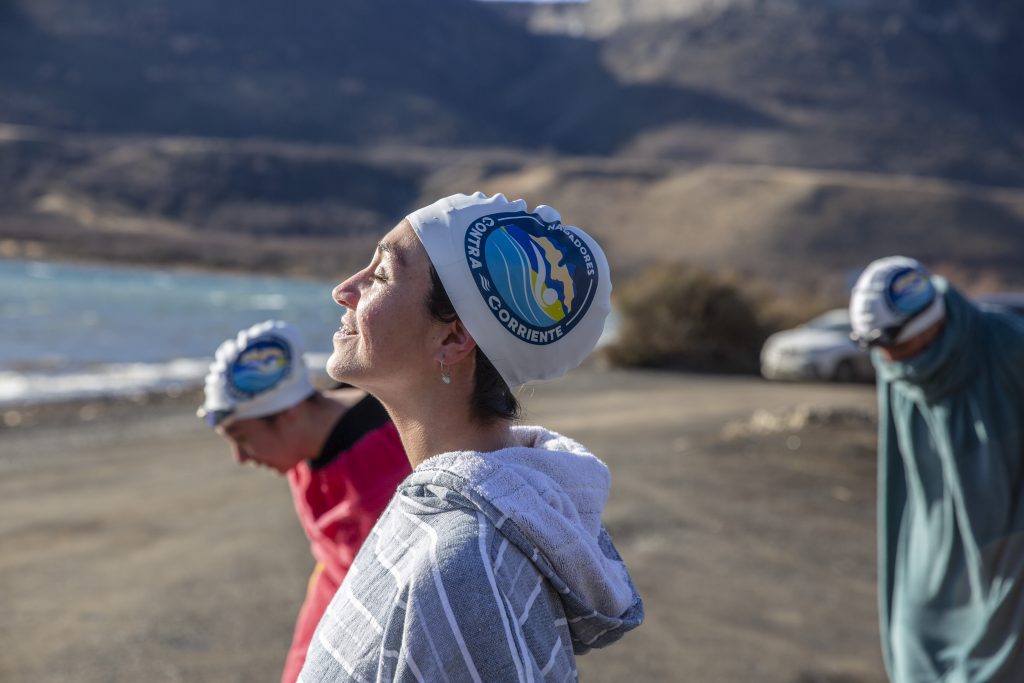
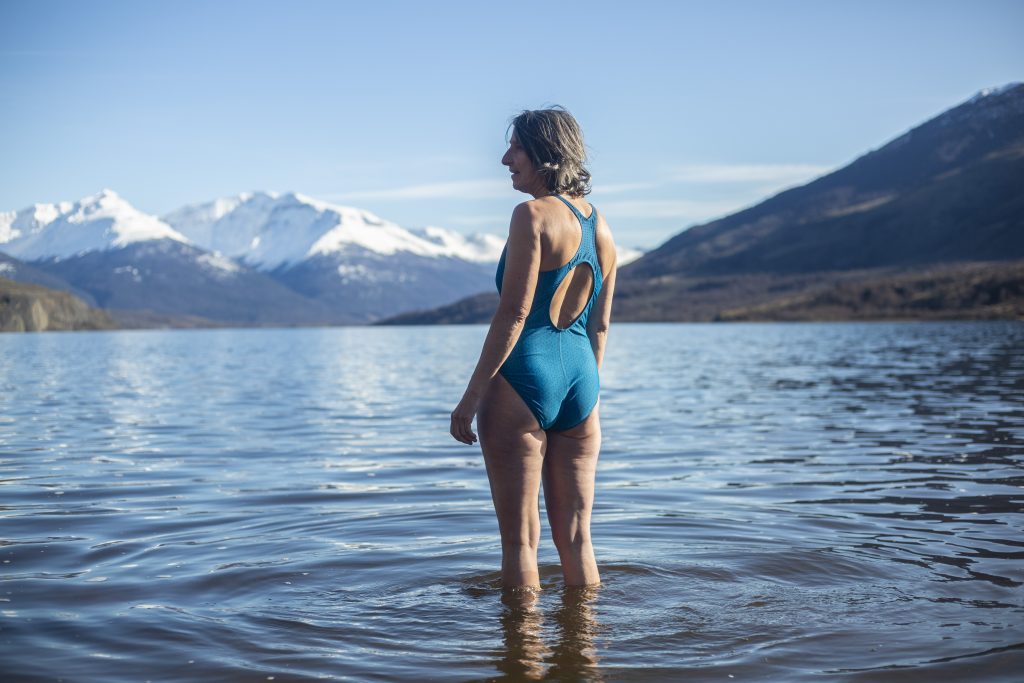
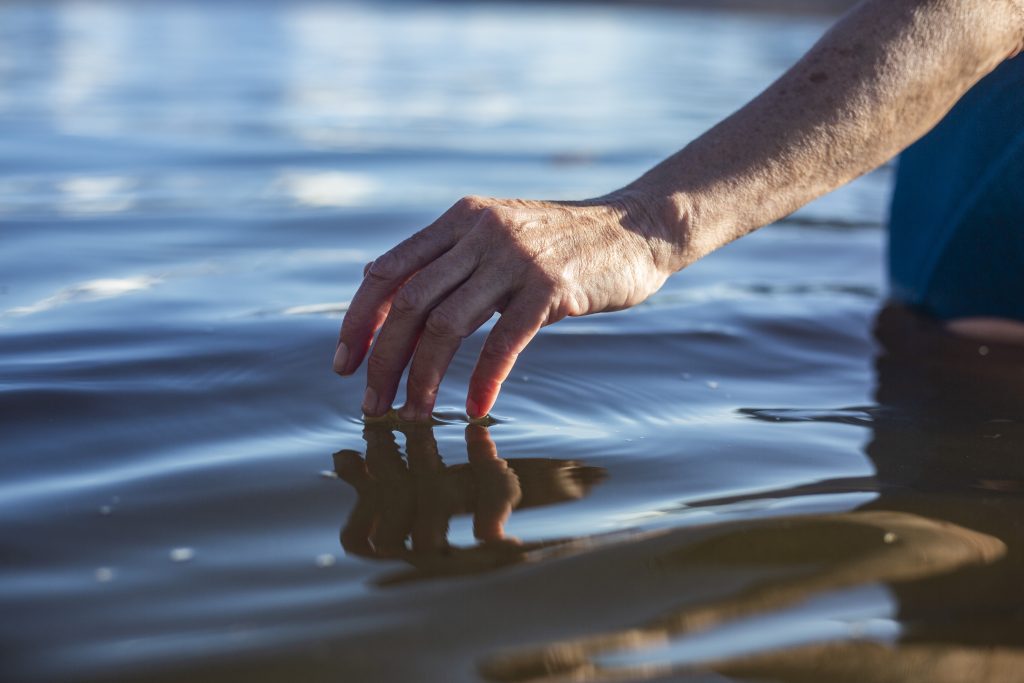
“Water can be very gentle, but it can also have a lot of strength and when I take these portraits, I like to challenge the idea of what strong means. We might imagine something like Popeye with huge guns, but strength is also being soft. And that’s the challenge. I want to document women in situations where they have to be strong, where it’s not only about physical strength, it’s also about strength of the mind. It’s a strength that is fuelled by the energy of each other.”
Those of us who swim in winter, especially those who swim in groups, are likely to relate to Ana’s description and portrayal of strength of body and mind, and bond with one another. But also, to the way in which she captures that all-important relationship that outdoor swimmers have with nature.
“When I take these photos, I think of women in nature. If you look back at paintings, you see all these men versus nature; they’re conquering the jungle or conquering the water,” says Ana. “I definitely try and make them a part of the landscape. I think in my photos both are as important – not just the subject, but also the environment.”
The world’s end
The way in which Ana describes the swimmers she watches and documents is poetic and inspiring. But do Ana’s end-of- the-world swimmers feel that feminine strength and connection with nature?
“Oh yes, women have that feminine force and strength,” says Evelyn. “But sometimes we need to find ways to identify it, and water is where that comes out. As a woman, you already have that strength and when we all go into the water, it’s interesting because we all feel the same kind of shock and pain. Because we all feel it, we can also all realise that we can overcome it collectively. And once the pain is gone, the benefits come out.”
It was the Chilean ice swimmer and world record holder, Bárbara Hernández, who brought cold water swimming to Chile through a series of talks. Following a talk in 2019 in Puerto Natales, she invited Evelyn to try open water swimming in the Señoret Channel.
After the initial shock, not only of swimming in water that was nine degrees centigrade, but also coping with significant wind chill, Evelyn became hooked. It helped her navigate the challenges brought by the pandemic, and Bárbara’s guidance armed Evelyn with the safety knowledge to guide others.
“It drove me mad and it revolutionised everything. That shock was addictive and my body just wanted it more and more,” she says. “It’s also nice to see the temperature changes according to the seasons – now I think it’s like a swimming pool in summer when it’s six degrees!”
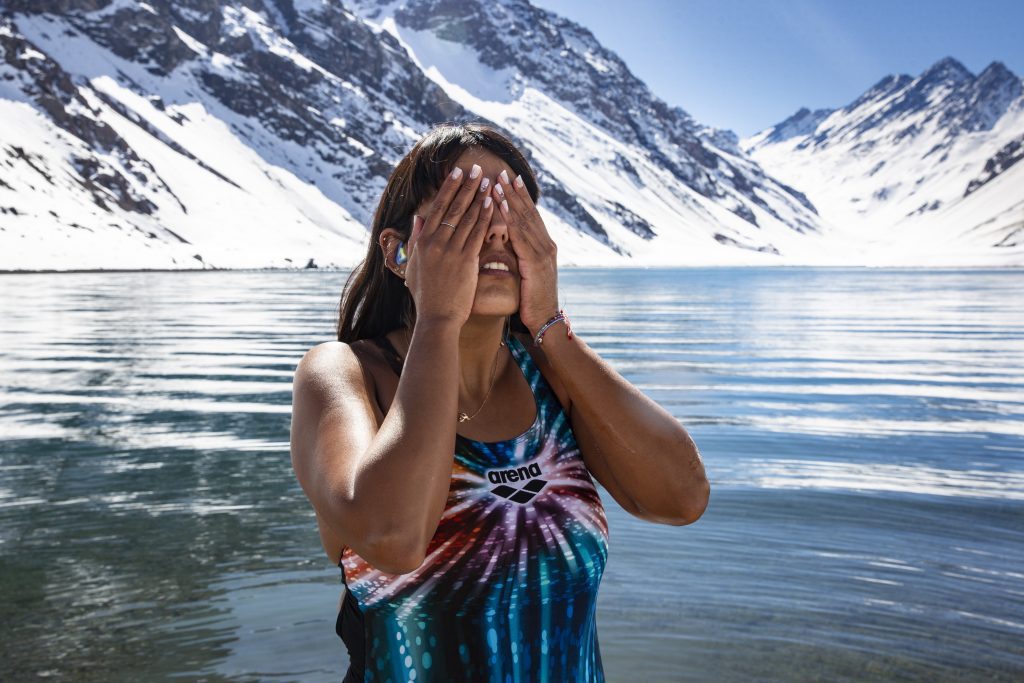
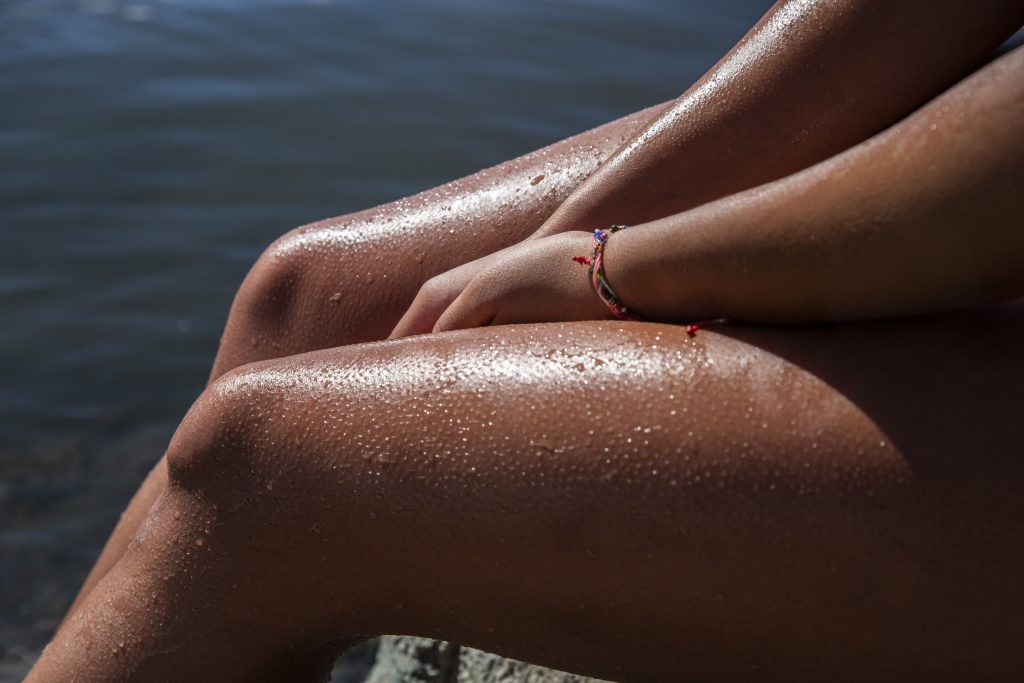
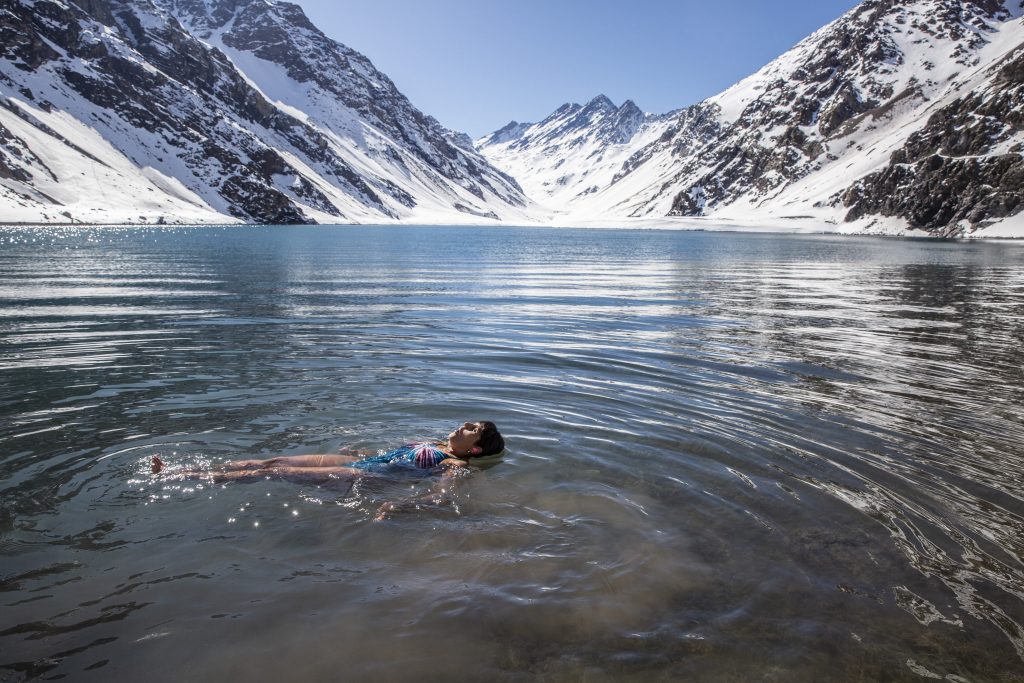
A worldwide community
The experiential connection between cold water swimmers across the world is a wonder, and evidence of the fact that outdoor swimming is a great leveller. There’s something rather pleasing about imagining people on the other side of the world shivering with that post-swim euphoria.
In that respect, Ana’s photography is relatable to swimmers everywhere. But, through her photos of the end-of-the- world swimmers, she tells an almost mystical tale of femininity, joy, enduring strength and the natural world. It’s that connection between her subjects and the environment in which they swim that makes this project so extraordinary.
Follow the swimmers of Chile. Find Ana Elisa Sotelo via her website anaelisasotelo.com or on Instagram @anaelisasotelo. Follow ‘Schools of Women’ project @cardumendemujeres and Bárbara Hernández @barbarehlla_h.
This feature was originally published in the ‘Changing Seasons’ November 2022 issue of Outdoor Swimmer. Read our recent interview with Ana Elisa Sotelo.






